The Berber women, as this art is theirs, have managed to mobilize all the dexterity of their movements, the patience of their commitment, and the sincerity of their intention to achieve excellence in their work. Once finished, the carpet no longer belongs to its craftswoman. It is, facing the world, a reflection of Morocco’s face.
But there is another domain where all these qualities of an artist are at work, still in the heart of Berber soil, in the southeast of Morocco, where another weaving has begun to bring to light another reflection of Morocco’s face. Its threads are not of wool. They are of flesh and spirit. They have the color of joy as well as of pain. The framework that welcomes and blends them together is the long passage of time. Together, their weave tells the story of our humanity on Earth.
Kamal Hachkar, the child of Tinghir, is one of these weavers of history. In 2010, he returned to his native land, that of all his ancestors, holding in his hand a first strand, the memories of his grandfather about a time when Jewish communities still lived in Morocco, here in Tinghir as in many other territories.
Having left for France with his parents at a young age, Kamal had no idea what he would discover by pulling further on the thread of the past that his ancestor suddenly revealed to his gaze. He wanted to know more. Indeed, Kamal had undergone training as a history teacher in France, but he did not suspect the intensity that his initiative would provoke.
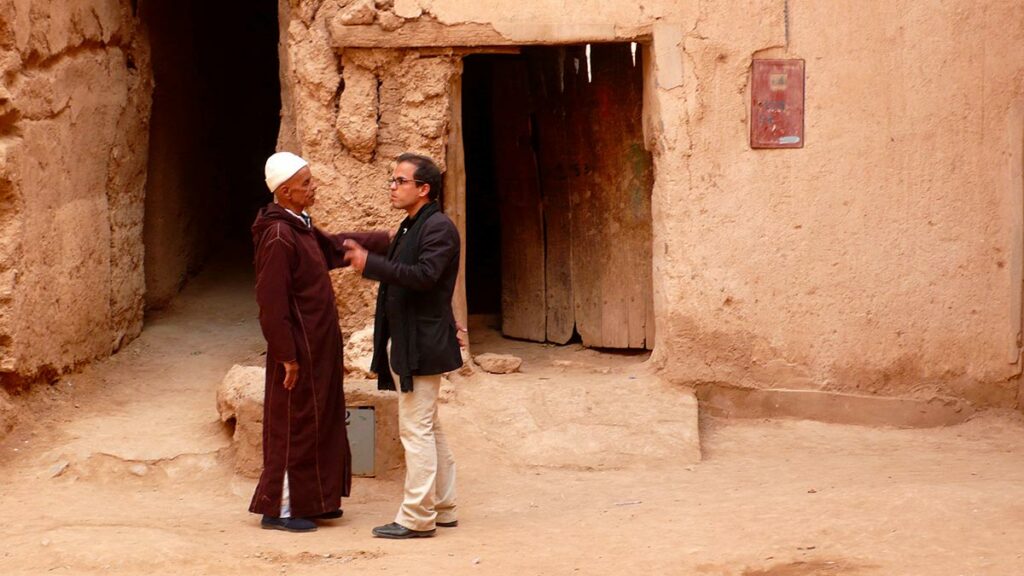
The awakening of the echo of a past we had forgotten
If Kamal Hachkar begins his work of collecting memories with the stance of filial curiosity, he continues it in Israel with the attitude of a researcher who connects the threads together, searching for Moshe, the old friend and accomplice of his grandfather, who once left his native land of Tinghir forever to join Israel; as others went to Canada, the United States, Europe… Kamal gives voice to the children of those who lived in Tinghir or elsewhere in Morocco, this land distant from their ancestors, and the land of their roots that they barely know.
With his camera and microphone, he awakens the memories of each individual and gives them both resonance and echo. The echo of a past we had forgotten, set aside in a remote corner of our memory, believing it to be extinguished forever, and the resonance of a timeless reality, of a true fraternity that was lived and that endures.
One Sunday evening, four million Moroccans confronting their history
At the end of its journey, the documentary takes the name “Tinghir – Jerusalem, Echoes of the Mellah” and is screened at numerous festivals in Europe, the United States, Canada, Jamaica, and Israel. Its first screening in Morocco takes place in April 2012 on the 2M television channel, on a Sunday evening at the beginning of the night. This broadcast of the documentary then meets immense success among the Moroccan population – the viewership reaches nearly four million people.
During the first screening in Tinghir, the crowd gathers. With these successful first steps, the documentary is screened in many places, and Kamal often accompanies its screening, both in Morocco and abroad, in big cities, universities, or small villages, to be in a position to hear the audience’s reactions and address the questions that such a subject inevitably raises.
The reception is always enthusiastic. For the older generations, the documentary reminds them of a cherished period in the secret of their hearts, a time when the presence of Jews in Morocco was as natural a reality as the seasons of nature that have always punctuated their lives. For young Moroccans, they observe with delight that Israeli women speak their language, sing the traditional songs they heard as children during festive moments in their communities, playing the same musical instrument. They discover that beyond distances, and of course beyond political conflicts, Jews and Muslims once lived together in Morocco in obvious harmony.
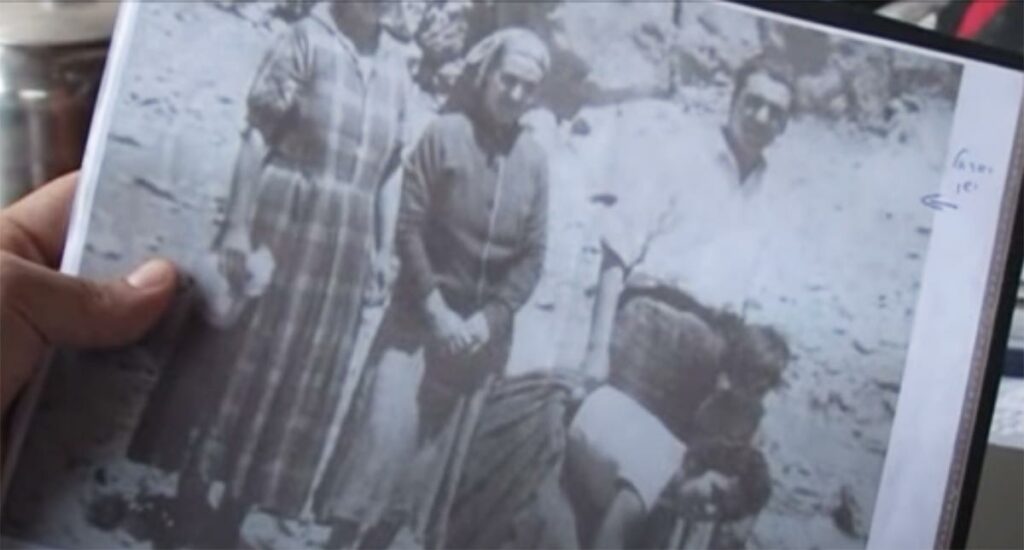
The photographs, yellowed by time, finally emerge from their hiding place
At the end of each screening of the documentary, the public’s reactions multiply and are ultimately always the same. Kamal understands that this honoring of Jews and Amazighs in prime time on Moroccan television had the effect of a fresh breeze that liberated speech. In many families, suddenly the elders begin to reveal to their grandchildren, for the first time, their connections with the Jewish community, and sometimes even blood ties. Old photographs, yellowed by time, suddenly emerge from their hiding places and find a caption under the astonished eyes of the younger generations. Many Moroccans recognize themselves in Kamal’s approach and his urgency to finally listen to the memory of the ancestors, to collect their words, to preserve their testimony.
Kamal understands that his documentary breaks the taboos surrounding this Jewish presence in the rural depths of Morocco, around this harmonious and joyful coexistence between Jews and Muslims, around this forgotten reality that there was a time in Morocco when one could be both Moroccan and of Jewish faith.
This breaking of the taboo is possible because it is done without any upheaval, but in the gentleness of the shared emotions among all the testimonies, in the texture of life stories that command respect.
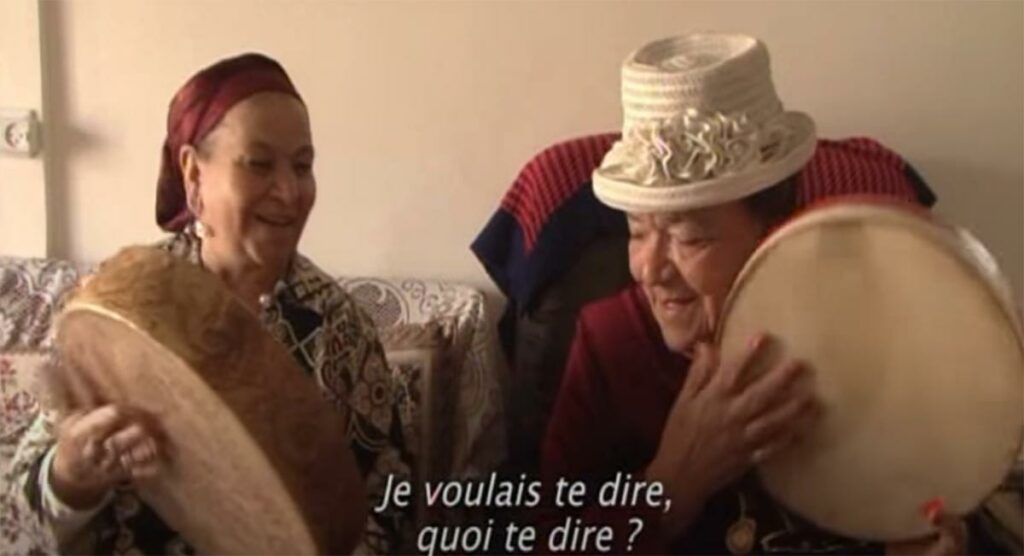
The history of the Jews of Tinghir speaks to everyone
When asked what the main teaching of his documentary is, and after listening to the countless reactions from all these different audiences, Kamal realizes that the history of the Moroccan Jews of Tinghir speaks to everyone. Their lives bear witness to the experience of rupture, the forced departure from a beloved place, the exile to an unknown place.
There is ultimately nothing easier to share than these testimonies because the experience of exodus, the trauma it provokes, is an integral part of the adventure of our humanity.
For a moment, Tinghir becomes the heart of the world.
There was a time when the human community of Tinghir was strong in its diversity and the plurality of its traditions. At that time, harmony naturally connected the differentiations of each component of the whole. There was a time when this alloy broke down. Under the force of the grand history that surpasses each individual or due to the inherent fragilities of any human construction, the Moroccan of Jewish faith left Tinghir, while the Moroccan of Muslim faith remained, alone.
A lire : The lost destiny of Jews from South East Morocco
Reflecting on one’s identity beyond the walls
In 2012, the screening of the documentary “Tinghir – Jerusalem, Echoes from the Mellah” on Moroccan television sparked opposition from certain political groups. The Moroccan Parliament was prompted to debate the issue to determine who had authorized such a broadcast on the national channel. Among other criticisms, Kamal Hachkar was reproached for not addressing the Palestinian cause and for deviating too much from the collective religious or pan-Arabic narrative. In 2013, the Moroccan Ministry of Communication decided not to participate in the National Film Festival of Tangier, which had scheduled the documentary. Demonstrations took place both in opposition to and in support of the documentary. Moroccan and foreign media outlets published numerous articles on this controversy.
In the end, the Tangier festival awarded Kamal Hachkar the Prize for Best Debut Work. The controversy surrounding the documentary dwindled because it was based on a misunderstanding: the documentary is not a political tool. It has nothing to do with the Israeli-Palestinian conflict. It does not promote any ideological agenda. It passes no judgment.
At the very least, one could have recognized the philosophical significance of the documentary:
« I realized that my approach not only shattered taboos but also mental boundaries, allowing one to contemplate their identity beyond the walls of their tribe, their clan, far from the dogmatic frameworks that imprison the mind. »
Young Moroccans are not familiar with the real history of Morocco
Kamal was right. It is indeed the identity dimension that must have sparked both enthusiastic reactions and objections. And this is the second lesson that the documentary unveils: too few Moroccans, especially young people, truly know the breadth and depth of Morocco’s identity.
Clearly, they do not know the real history of Morocco.
« It is only very recently that a school textbook in Arabic includes information about the Jewish presence in Morocco. For years, Moroccans were told that the history of Morocco began with the Idrissids, the founders of the city of Fes. As if there were no Amazighs, as if we were not pagan, as if we were not Christians. As if there were no Visigoths, no Romans… Morocco is the product of all this history. Obviously, the Jewish dimension has long been hidden, and generations of amnesiacs have been created, and today Morocco pays the price for this ignorance. Certainly, since 2011 (Editor’s note: the date of Morocco’s new constitution), recognition of the Jewish, as well as Amazigh, part of Moroccan identity has been acknowledged, but there is still a long way to go to study the real history of Morocco, the multi-century, plural culture of Morocco. »
Kamal Achkar
This journey, however long it may be, has already begun. The reactions of the Moroccan public to the documentary illustrate a thirst for knowledge regarding history at the individual level, within families, in relation to their particular roots and respective genealogies. Slowly, the appetite to know more is sharpening.
A new chapter between the Jews and Morocco can now be written
Tinghir has certainly lost its Jewish communities; families have been separated, friendships have been broken, and traditions have been forgotten. The bitterness of the rupture remains unaltered, but today memories can be displayed openly and without taboo.
« It is legitimate to wonder what would have become of Morocco if the Jewish population had stayed and continued to participate in the country’s construction as they did for centuries. Morocco failed to retain its Moroccan Jews. Something was left undone, and many regretted their departure; many experienced it as a great loss. But if history cannot be rewritten, it would be a mistake to consider that history is over. A new chapter can be written between the Jews and Morocco.»
Kamal Achkar
Kamal Hachkar carries within him the conviction that Morocco must rediscover the face of its deep-rooted identity anchored in the vastness of history. Indeed, and thanks to the late King Hassan II, many Israelis return to Morocco every year. Many Moroccan Jews from all over the world visit Morocco for their holidays, making pilgrimages to the places of their ancestors.
It is also true, and Kamal echoes this sentiment in his new documentary project “In Your Eyes, I See My Country” that many young Israelis of Moroccan origin want to experience life in Morocco, and conversely, many young Moroccans, Muslims therefore, wish to discover Israel.
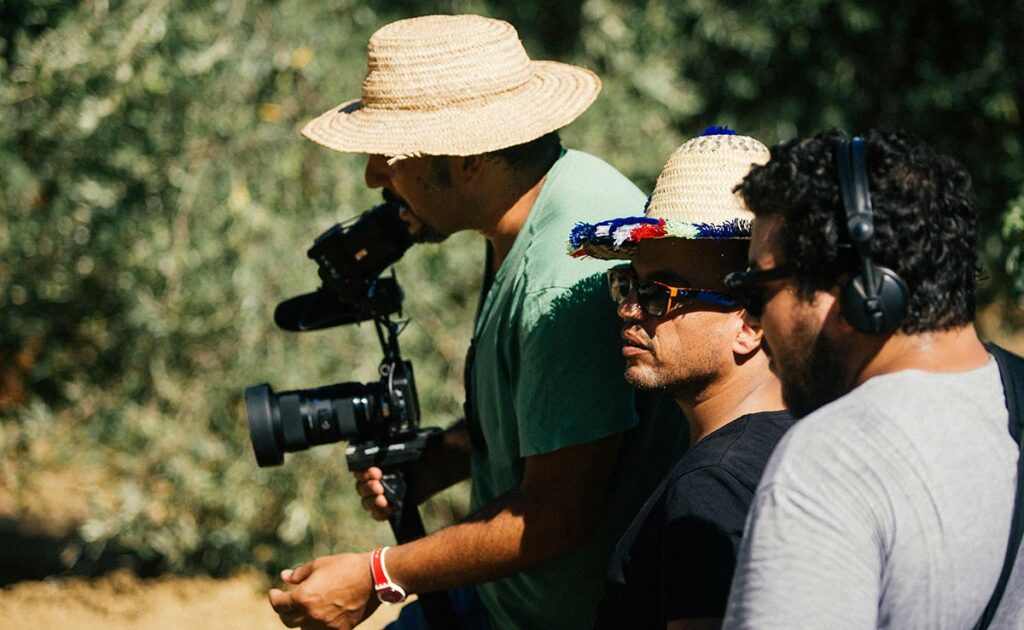
To proudly display the virtues of Morocco’s universality
A new chapter may truly be unfolding in Morocco, as elsewhere. Confrontations rooted in nationalist inspirations seem to be giving way to the recognition that a common destiny could once again be asserted among communities that were once in symbiosis, despite the ruptures, tears, and distances. The magic of connection could once again be at work. The richness of diversity could once again be a source of blessings for all.
Morocco could proudly display, both to its own people and to the world, the plurality of its identity and the virtues of its universality.
What a beautiful adventure it is to attempt the writing of this new chapter in Morocco’s history!
This adventure sketches the future in light of the past for the illumination of the present.
Kamal Hachkar believes in it, as do many others with him. His work as a filmmaker intersects with his former profession as a teacher. He knows how knowledge is the key to all inner wealth. He knows that it is the children and the youth who are the future architects of this new face of Morocco.
The challenge is to awaken them to this challenge, to reignite in them the desire for this conquest, and above all, to awaken their appetite for the long term, the time before, so rich in all its legacies, and the time after, so vast with “all these impossibilities to make possible.”
Tinghir-Jérusalem – Les échos du Mellah : documentary film directed by Kamal Hachkar – Une co-production Les Films d’un Jour – 2M – Berbère TVVoir sur Youtube.
Dans tes yeux, je vois mon pays : the new documentary film by Kamal Hachkar Watch the trailer on Vimeo.
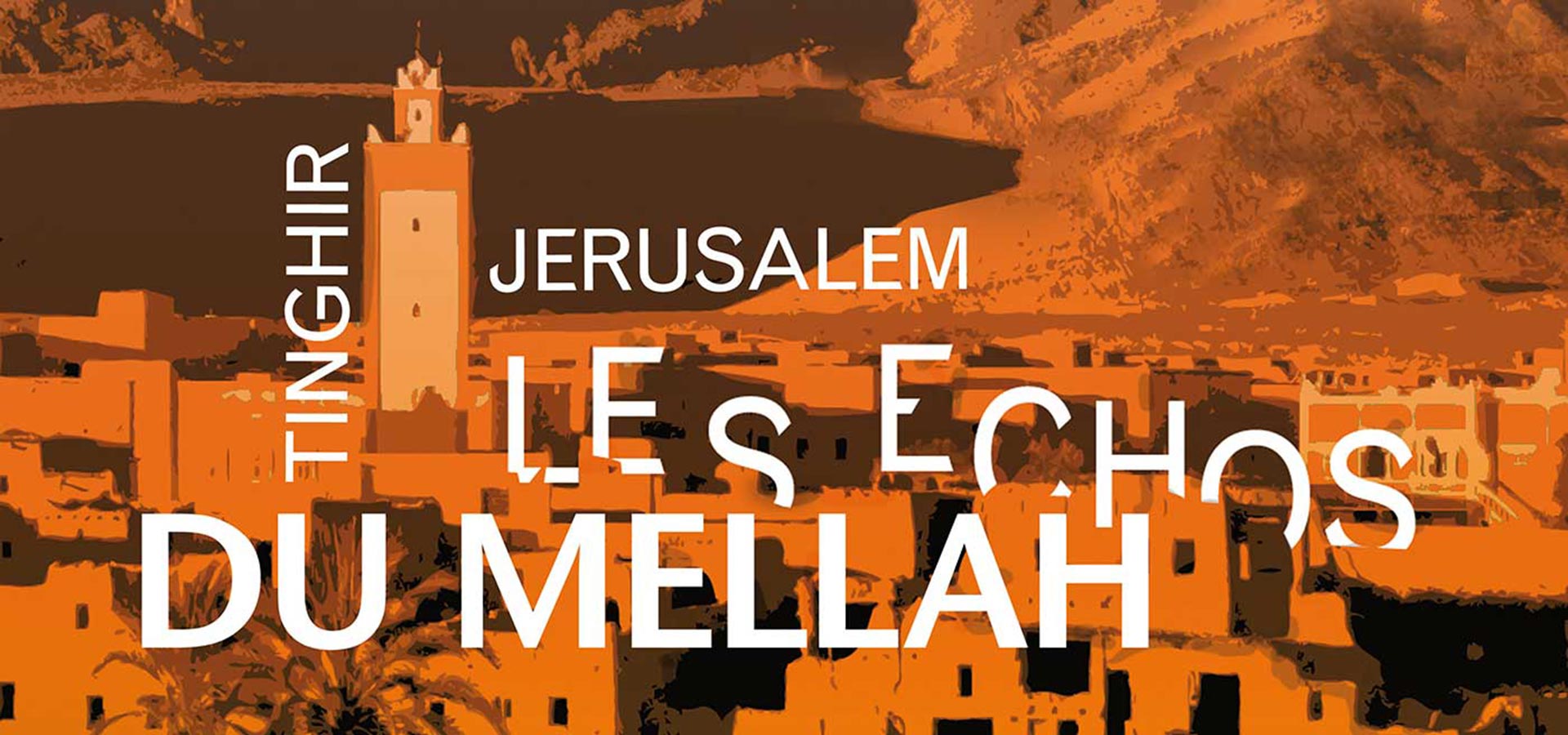

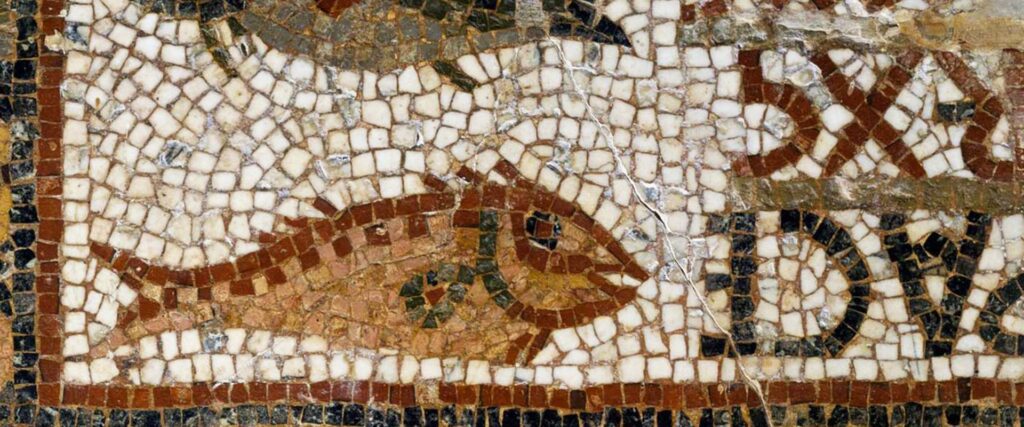
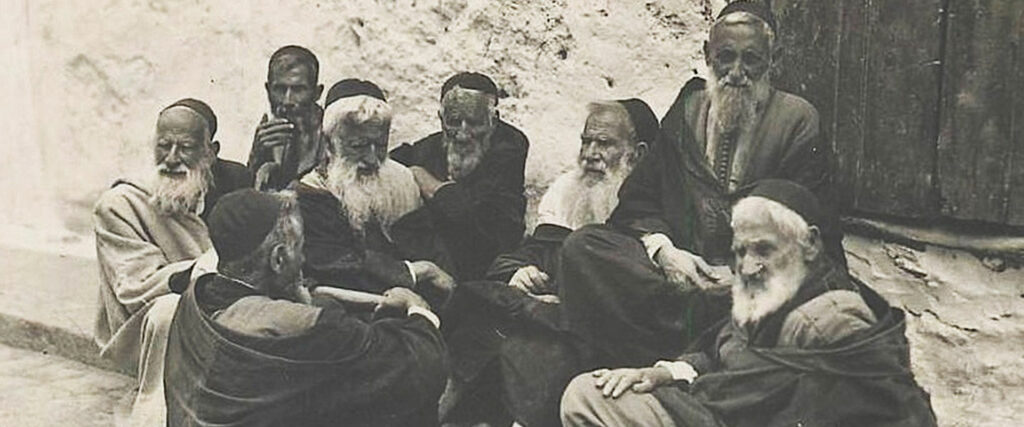
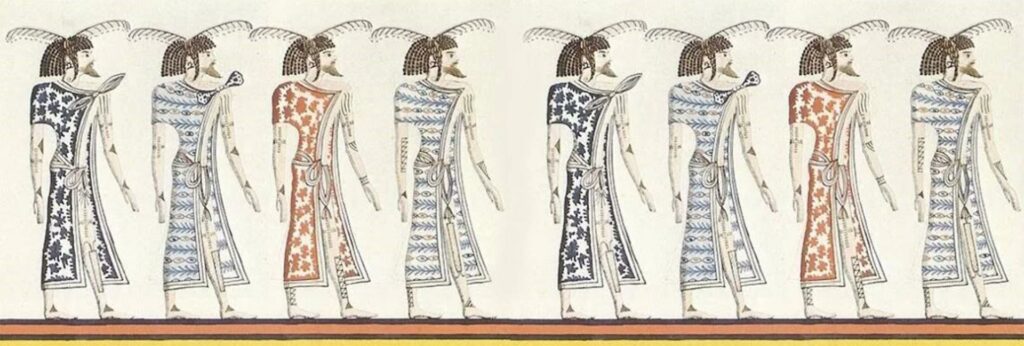
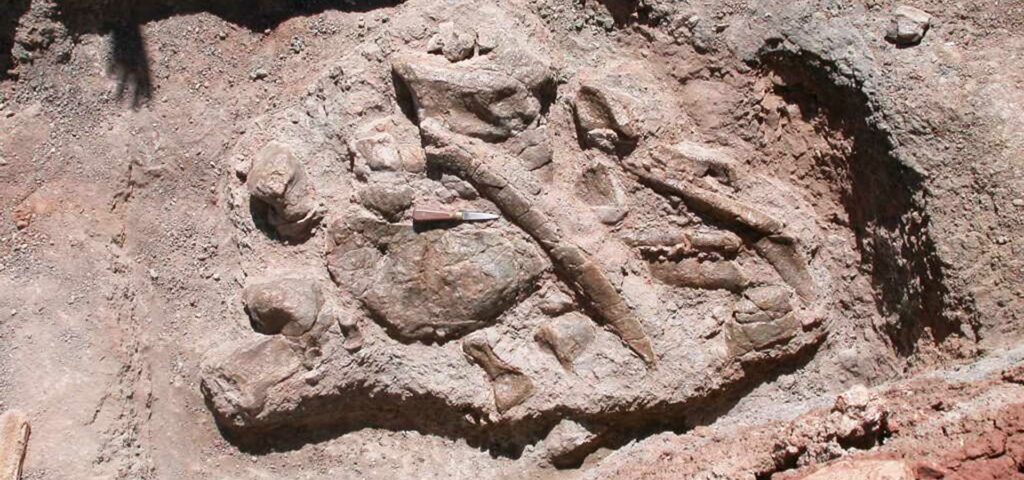
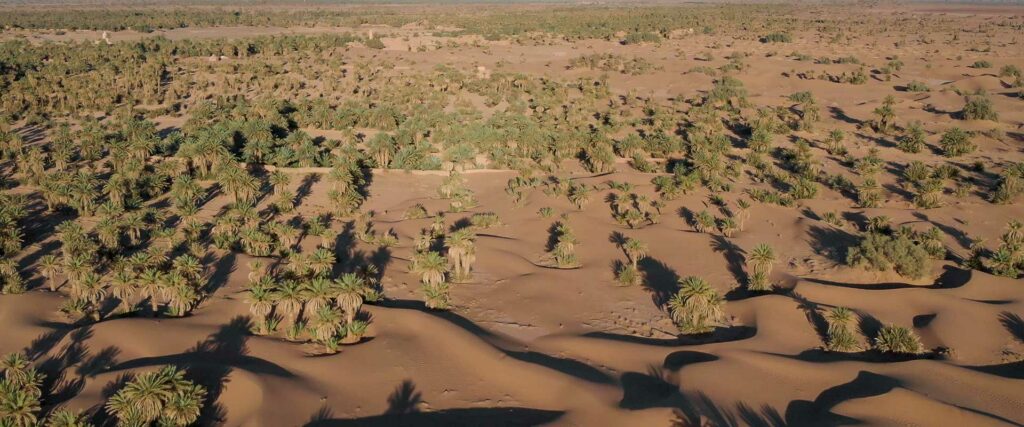
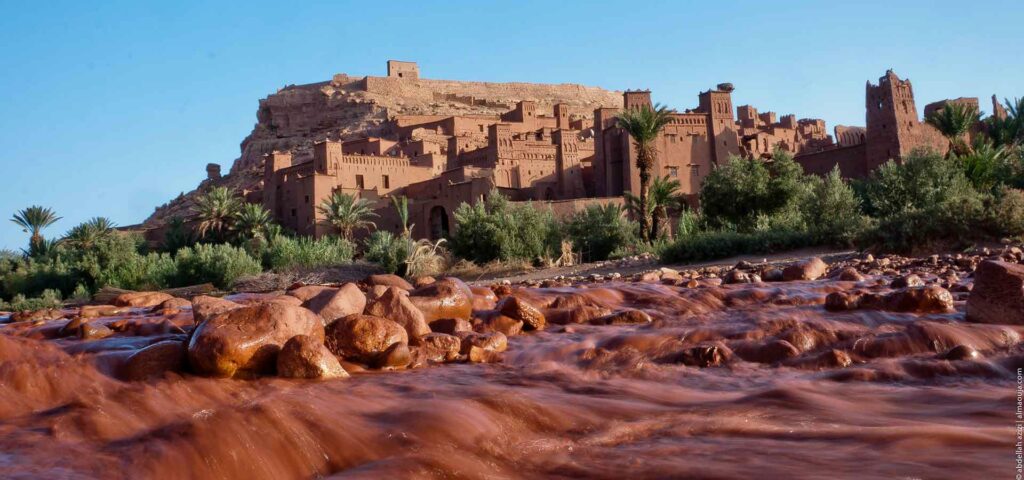
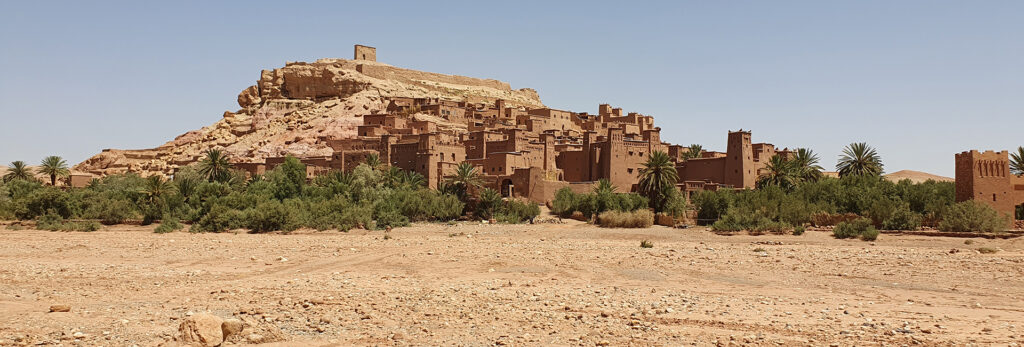

One Response
Hello,
As always, your article resonates with a humanity that warms the heart. I am French and I lived among the Berbers, especially the women, for 8 years. Courageous, determined, wise women who embody Moroccan values.
Thank you for your articles.